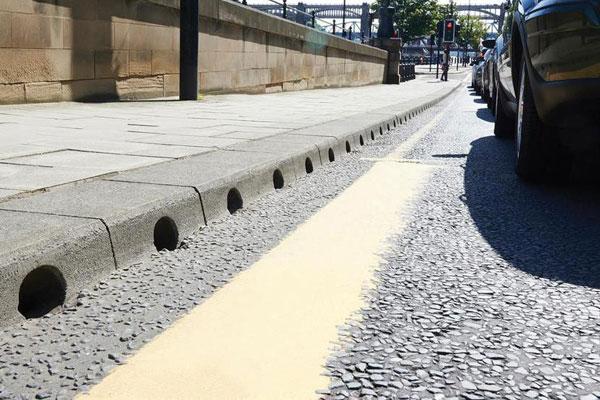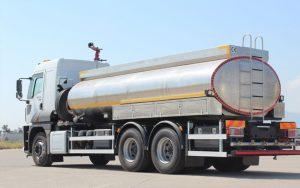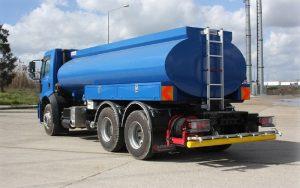The process of urban planning needs to take the natural environment’s ability for support into consideration. This chapter will focus on the function of urban drainage in planning, merging engineering, urbanism, and landscaping to create the necessary framework for a sustainable urban development. When it comes to city design, urban sewer systems (and the associated urban rivers) are essential because they mediate between the demands of the built environment—safe regions free from flooding—and the needs of the natural environment—space and passage for floods.
This special trait lends the drainage network a spatial structuring quality and offers potential to revitalise urban areas, boosting biodiversity and reclaiming environmental values. However, the primary urban area reserve for urban drainage solutions is a system of city open spaces. To generate integrated and practical solutions for the built and natural environments, effective land use planning and the management that follows of these open spaces must be at the forefront of discussion. Call one of the fresh water supply companies in UAE now!
During the 20th century, the process of urbanisation and the rise in urban population generated a number of concerns about how long this process could continue. The risk of environmental damage is very high. The “limits of growth” were discussed in a report released by the Society of Rome in 1968, which also emphasised the focus on the current economic models.
The United Nations (UN) formalised the idea of sustainable development by establishing the World Commission for Environment and Development, which anticipated a more sophisticated and rationale manufacturing process. Social, economic, and environmental factors must all be taken into consideration while discussing sustainability. In addition to meeting societal needs and protecting the environment, sustainable urban solutions must also be long-term economically feasible. Any imbalance of one of the pillars, which support the notion, might lead to unsustainable conditions.
Conclusion
We now have a clear understanding of how environmental planning and urban planning are interdependent. Ecosystems, cultural and environmental assets, and cities governed without integrated planning all suffer. Among many other serious issues, this dearth of integration contributes to flooding, pollution, water scarcity, and public health deficiencies. Contact us for water tanker truck rental!
Without attempting to provide a comprehensive definition for such a broad and complicated topic, it is comprehended that a sustainable community is one that achieves the social engagements that are expected of it over time, in a viable manner, and with a general good balance, ensuring the equitable distribution of essential services and resources, respecting the natural system’s limitations, being adaptable and secure.
Urban flooding can affect city services, infrastructure networks, housing, and health systems while regulating built and open spaces. When urban drainage systems and rivers malfunction, causing flooding, they often cause severe socio-environmental harms as well as adverse effects on the city. Despite the fact that several flood control infrastructure have been put in place recently (such as dikes, dams, canals, piping system, etc.), cities all over the world continue to be at risk of flooding. More environmentally conscious mitigation strategies have emerged in recent years, promoting flood hazard reduction to cooperate with nature.





